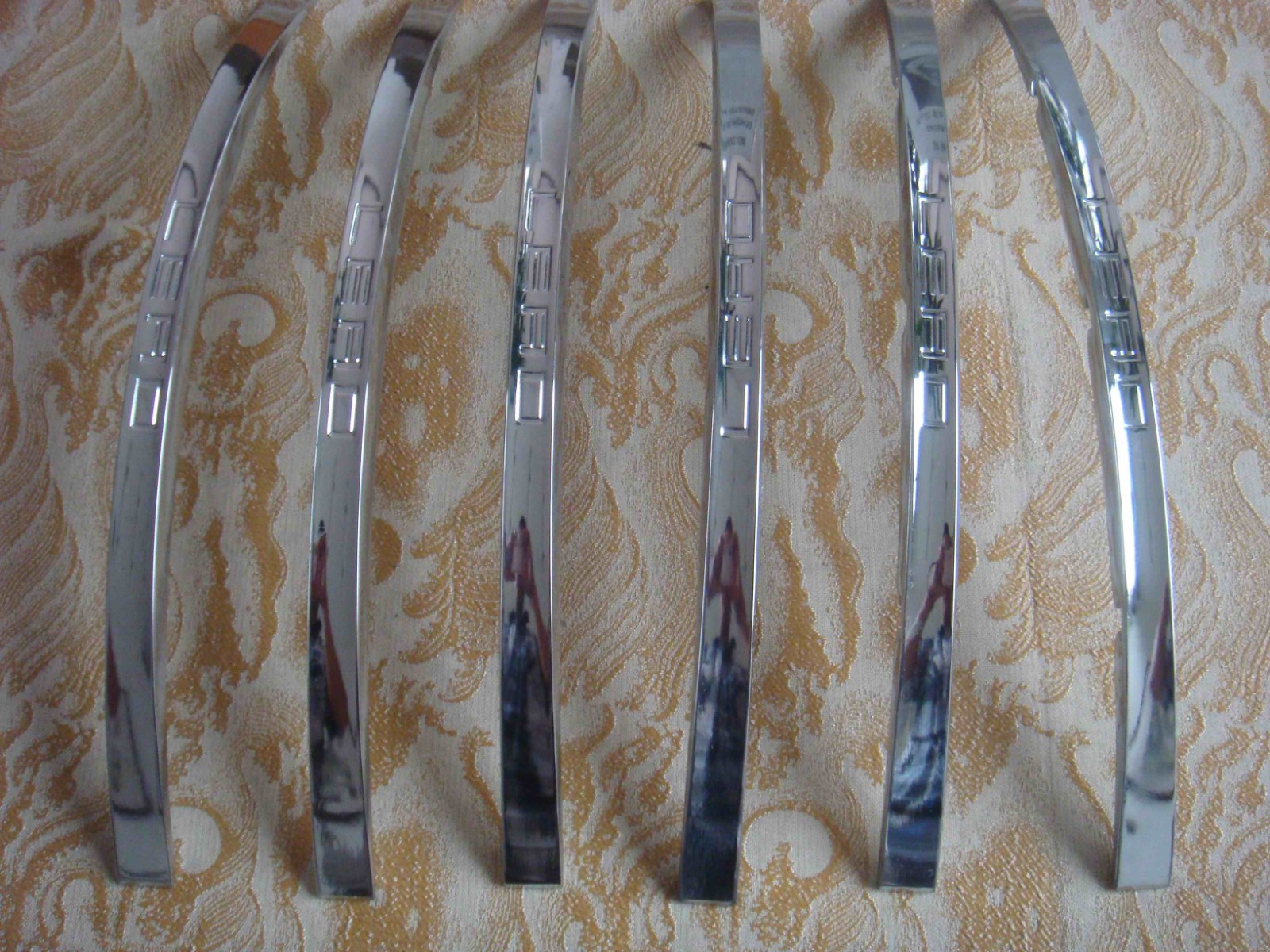What is Nickel Plating ?
Nickel plating is a widely-used metallurgical process that involves depositing a thin layer of nickel onto an underlying metal substrate. This process enhances the physical and chemical properties of the base material, offering benefits such as increased resistance to corrosion and rust, improved wear resistance, enhanced strength, and better ductility. Due to these advantages, nickel plating is extensively applied across various industries, including household hardware, aerospace, and military applications. Common examples include nickel-plated faucets, door hinges, toasters, and aerospace components that require protection against harsh environmental conditions.
Nickel plating can be achieved through two primary methods: electrolytic plating (also known as galvanic plating) and electroless plating (a purely chemical process). Each method has unique characteristics and applications, making them suitable for different types of substrates and operational requirements.
Electrolytic Nickel Plating ?
Electrolytic nickel plating involves the use of electrical current to deposit nickel onto the substrate. In this process, the object to be plated is submerged in an electrolyte solution containing nickel ions. A small electric current is passed between the positive (anode) and negative (cathode) poles, causing nickel ions to adhere to the surface of the substrate. This technique is highly controlled and allows for precise application of nickel layers.
A common practice in electrolytic plating is to first deposit a thin layer of copper onto the substrate before applying nickel. Copper acts as an intermediary layer because it bonds more effectively with other metals than nickel does. By using this approach—copper first, then nickel—the process achieves a smoother and more consistent finish compared to directly plating nickel onto the substrate. Additionally, this method is faster and produces high-quality results. However, it is crucial that the substrate surface is chemically cleaned before plating begins to ensure proper adhesion. Post-plating rinsing or cleaning is also standard practice to remove any residual chemicals.
Electroless Nickel Plating
Electroless nickel plating relies entirely on chemical reactions to deposit a layer of nickel alloy onto the substrate. Unlike electrolytic plating, this method does not require an external electrical current. Instead, the substrate is immersed in a chemical solution containing reducing agents that trigger the deposition process. Electroless plating delivers a uniform coating across complex shapes and surfaces, making it ideal for intricate designs or components with irregular geometries.
Electroless plating typically deposits a nickel alloy such as nickel-phosphorous, nickel-boron, or nickel/Teflon. Each alloy imparts unique characteristics to the finished product:
Nickel-Phosphorous:
The most commonly used alloy in electroless plating, nickel-phosphorous creates a hard surface when small amounts of phosphorous are added. Moderate phosphorous levels result in a bright finish and a rapid plating process, while high levels provide exceptional corrosion resistance. This type of plating is particularly suitable for applications in highly acidic environments, such as oil drilling or coal mining operations.
Nickel-Boron:
Nickel-boron produces the hardest surface among electroless plating options. It is often used in applications requiring extreme wear resistance.
Nickel/Teflon Composite:
This newer composite combines nickel with Teflon particles, significantly reducing or eliminating the need for liquid lubricants. This innovation is valuable for components that require smooth operation without additional lubrication.
Comparing Electrolytic and Electroless Nickel Plating
Both electrolytic and electroless nickel plating have distinct advantages and limitations, making them suitable for different applications:
Advantages of Electrolytic (Galvanic) Nickel Plating
Aesthetic Appeal: Electrolytic plating produces a visually attractive finish that is often preferred for decorative applications.
Better Ductility: The plated layer is more flexible, making it suitable for components that experience mechanical stress.
Cost Efficiency: Galvanic plating is generally less expensive than electroless methods.
Environmental Benefits: Electrolytic plating generates fewer environmentally harmful waste products compared to electroless plating.
Advantages of Electroless Nickel Plating
Uniform Coating: Electroless plating adheres evenly across complex shapes and geometries, avoiding uneven deposition seen in galvanic plating.
Superior Wear Resistance: The plated surface exhibits higher resistance to wear and abrasion.
Corrosion Resistance: When applied with sufficient thickness, electroless plating provides excellent protection against corrosion.
Innovative Options: Electroless methods allow for advanced composites like nickel/Teflon, which are not achievable through galvanic processes.
Applications of Nickel Plating in Casting Processes
Aluminum Casting:
Components made through aluminum casting often benefit from nickel plating to improve corrosion resistance and wear properties. This is particularly important for automotive and aerospace parts exposed to harsh environments.
Sand Casting:
Sand-cast parts, which typically have rough surfaces, can achieve smoother finishes and enhanced durability with nickel plating.
High-Pressure Die Casting:
High-pressure die-cast components are often used in applications requiring precision and strength. Nickel plating adds an extra layer of protection against wear and corrosion while maintaining dimensional accuracy.
Low-Pressure Die Casting:
This method produces parts with excellent structural integrity. Nickel plating further enhances these properties by providing a hard surface that resists damage from mechanical stress.
Gravity Casting:
Gravity-cast parts benefit from nickel plating by achieving improved surface quality and extended service life, especially in industries like construction and heavy machinery.
Nickel plating is an indispensable process for improving the performance and durability of metal components across various industries. Whether applied through electrolytic or electroless methods, it offers significant advantages such as corrosion resistance, wear resistance, and enhanced aesthetic appeal. The choice between galvanic and electroless plating depends on factors such as cost, environmental impact, component geometry, and specific performance requirements.
Moreover, when paired with modern casting techniques like aluminum casting, sand casting, high-pressure die casting, low-pressure die casting, or gravity casting, nickel plating further elevates the quality of finished products. By understanding the nuances of each method and application, manufacturers can make informed decisions to optimize their processes while meeting industry standards for quality and reliability.
Product Pictures
